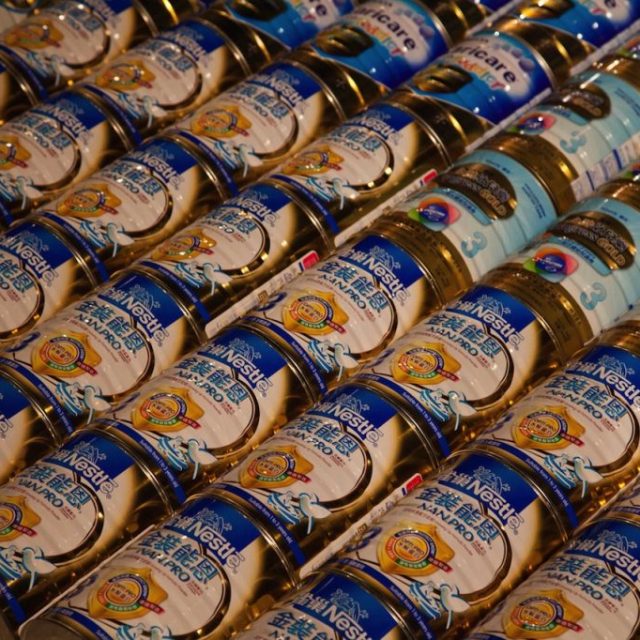China’s On-Going Milk Formula Scare

One of China’s leading contemporary artist, Ai Wei Wei will be holding his first solo exhibition in Singapore, with a sole focus on the Chinese milk formula scare that had gripped his whole nation in 2008.
The precise timing for this event could not be more coincidently perfect as internationally popularly infant formula maker Nutricia had recently recalled, through a multi-media campaign, all of its potentially botulism-affected Karicare formula. This included contaminated whey protein concentrates that had been exported to China and used in nearly 1,000 tons of products, including infant milk powder.
As the recall was made only in late July, countless helpless parents in some parts of Asia and the Middle East are left still anxiously waiting to be sure that their children have escaped the contamination scare.
China’s immediate response was to suspend all imports of New Zealand powdered milk while the investigation continues; making this a major blow to this western country’s reputation as a supplier of safe, high-quality food: China is its single biggest export market, relying on it for almost all its imports of milk powder.
This prompted the head of New Zealand’s Forterra to fly to Beijing in early August to reassure its Chinese consumers that food safety continues to be the company’s top priority as it totally understands that this remains a major concern for parents and other consumers the world over.
Food safety, especially in terms of infant nutrition, has remained an extremely high profile issue in China since September 2008 as 6 of its children had died and nearly 300 000 were sickened from drinking locally formulated infant milk that had been deliberately concocted with the chemical melanine. Of these, more than 50 000 had to be hospitalized.
Consequently, imported infant formula and other food products became greatly demanded in China. In response to this immense popularity, the Chinese government imposed restrictions on the total volume of milk formula that could be brought in from the rest of the world.
Even then, nearly 3 quarters of Chinese mothers continue to rely on baby formula rather than breast milk. This meant that foreign brands sky rocketed to commandeer approximately half the total sales.
The recent milk powder contamination scare involving Forterra has put these Chinese women between a rock and a hard place as they cannot help but feel that both locally produced and imported milk products are no longer safe for their babies and toddlers to consume.
Their rock-solid confidence is so shaken that they are now even skeptical about the safety of milk formula that China may now import from other countries, including Germany, France and the United States.
At the same time, they continue not to trust locally produced infant formula even though the Chinese government has since 2008 implemented policies to clean up the local industry with tighter regulations that include requiring companies to submit samples for testing on a more regular basis.
Even then Chinese milk producers are gleeful that it now appears that the food scare problem can happen to any company, regardless of whether the producers are local or international companies. But will this scare involving New Zealand’s leading milk formula company drive Chinese mothers to demand for more locally produced milk? That is the 99 billion dollar question that remains as yet un-answered.
To gain greater insight into the quadrangle plaguing mothers in China right at this moment, view Ai Wei Wei’s “Baby Formula” exhibition at Michael Janssen Singapore, at 9 Lock Road, #02-21 Gillman Barracks, Singapore 108937. This artistically historical take on the consequences of the September 2008 Chinese milk formula scandal will run from 24 August to 6 October this year.
 Singart
Singart
